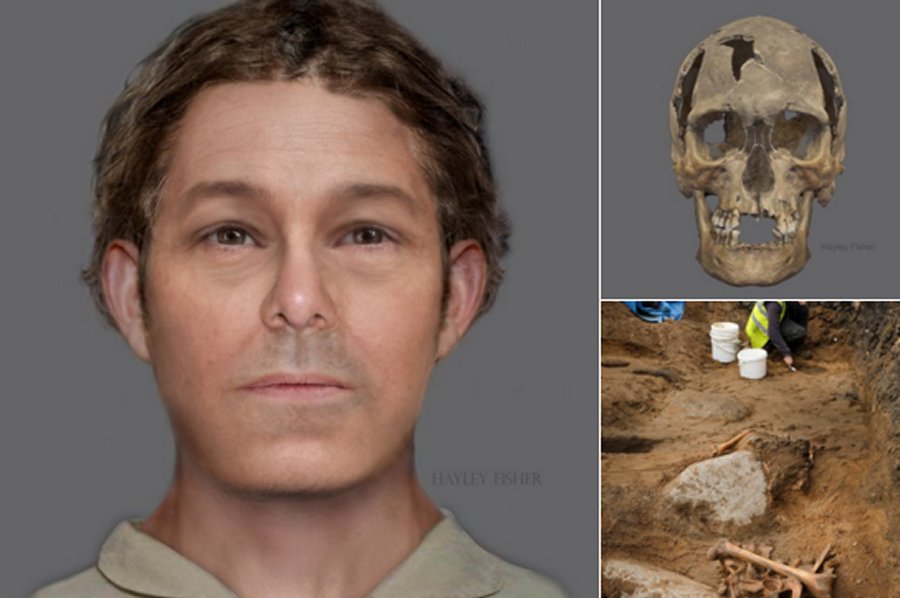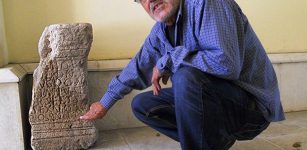Is This The Face Of A 16th Century Pirate Or Criminal?
AncientPages.com - Archaeologists digging in Newhaven, a historic fishing village in Scotland, discovered poorly preserved human bones dated to the sixteenth or seventeenth century.
The team was looking for traces of the original ancient harbor and possible artifacts related to shipbuilding.
The skeleton of a man discovered in a school playground could be that of a 600 year old criminal or pirate, according to a press release.

After being carbon dated to the 16th-17th centuries, AOC Archaeology with forensic artist Hayley Fisher created a facial reconstruction of the skull. They believe the bones belonged to a man in his fifties. Credits: The City Of Edinburgh Council
Archaeologists were at first misled to believe the remains were Bronze Age because they were in such a poor condition and found alongside 4,000 year old shards of pottery.
After being carbon dated to the 16th-17th centuries, AOC Archaeology with forensic artist Hayley Fisher created a facial reconstruction of the skull. They believe the bones belonged to a man in his fifties.
A gibbet - commonly used to execute witches and pirates - stood on the edge of Newhaven dockyards 600 years ago and it is believed the man could have been murdered in the device for criminal behaviour or piracy and discarded in nearby wasteland.

An unceremonious burial in a shallow, unmarked grave suggests he had no relatives or friends in the area. Photo: The City Of Edinburgh Council
Due to the condition of the bones and location of his burial close to the sea and gibbet rather than any of three nearby graveyards, it is believed the man was likely killed before being displayed in plain sight of ships to deter fellow pirates.
An unceremonious burial in a shallow, unmarked grave suggests he had no relatives or friends in the area.
“Edinburgh has an undeniably intriguing past and some of our archaeological discoveries have been in the strangest of places,” councilor Richard Lewis said.
AncientPages.com
source: The City Of Edinburgh Council




















